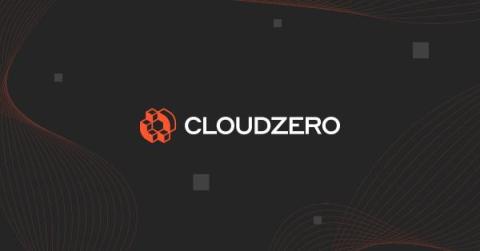Architecting For Cost In AWS: Design Patterns And Best Practices
Cost optimization in cloud environments is no longer a luxury — it’s a necessity. As businesses increasingly migrate to AWS, they are met with the difficult task of ensuring robust performance and scalability, all while keeping an eagle eye on costs. How does one achieve this delicate balance? How can organizations ensure that their AWS architectures are both high-performing and cost-efficient?


